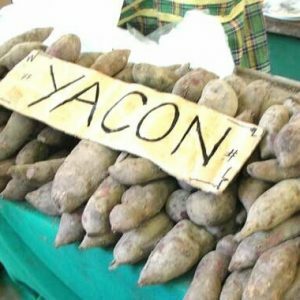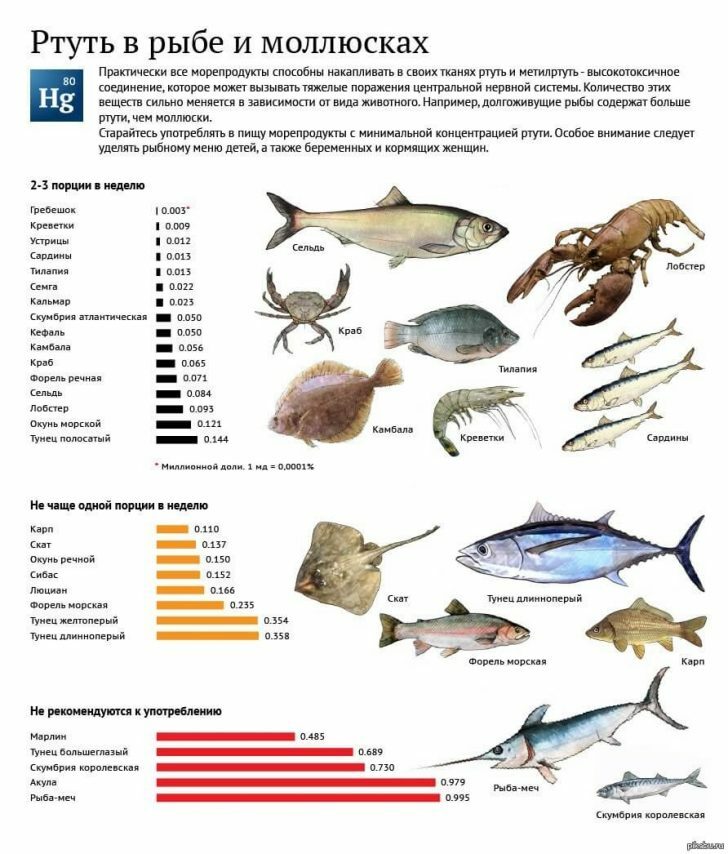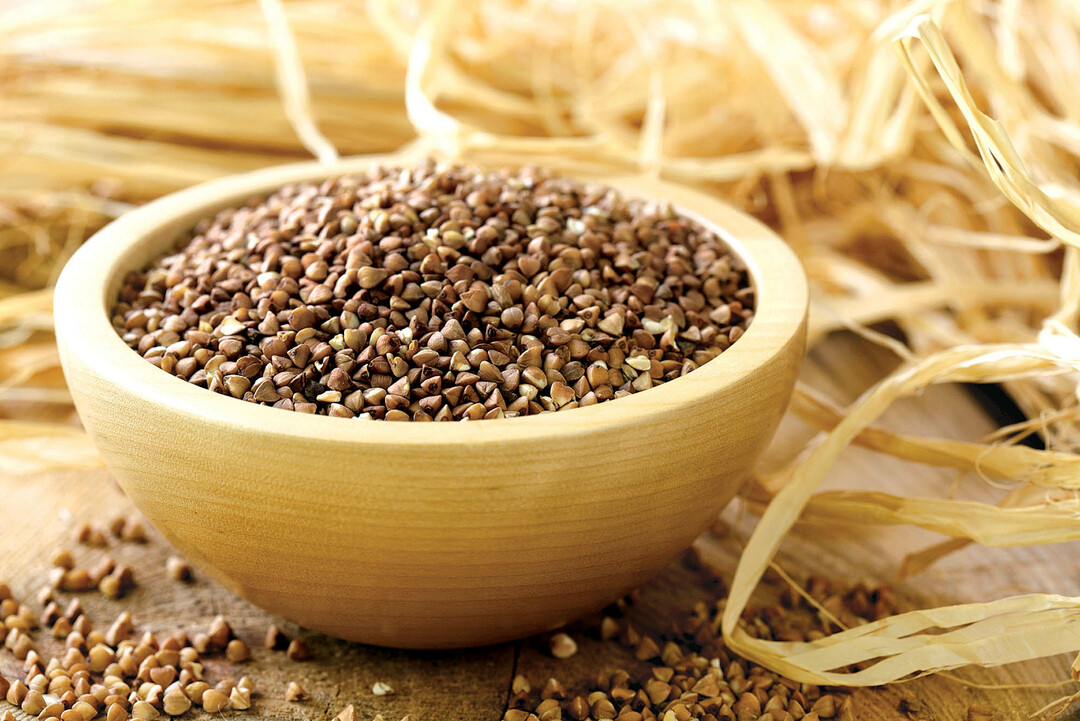Candied fruits: harm and benefit
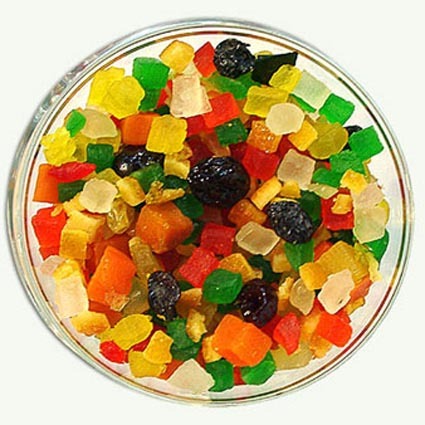
A scattering of colored pieces that, when eaten, quickly melt in the mouth and leave a sweet aftertaste behind them - these are all known candied fruits.Many of them are consumed as candy - for some reason it is believed that they are less caloric.And many cook candied fruits themselves, give them to children, considering the delicacy absolutely safe.And what is known about candied fruits?
Kinds of candied fruit
Candied fruit is a piece of fruit, vegetables and berries cooked in thick syrup.After boiling, the product is dried and must be stored for a long time.It is believed that the technological process of making candied fruits is very simple, but it takes a lot of time and some experience from the hostess.It is much easier to buy ready-made candied fruits in stores - they are presented in a wide range.
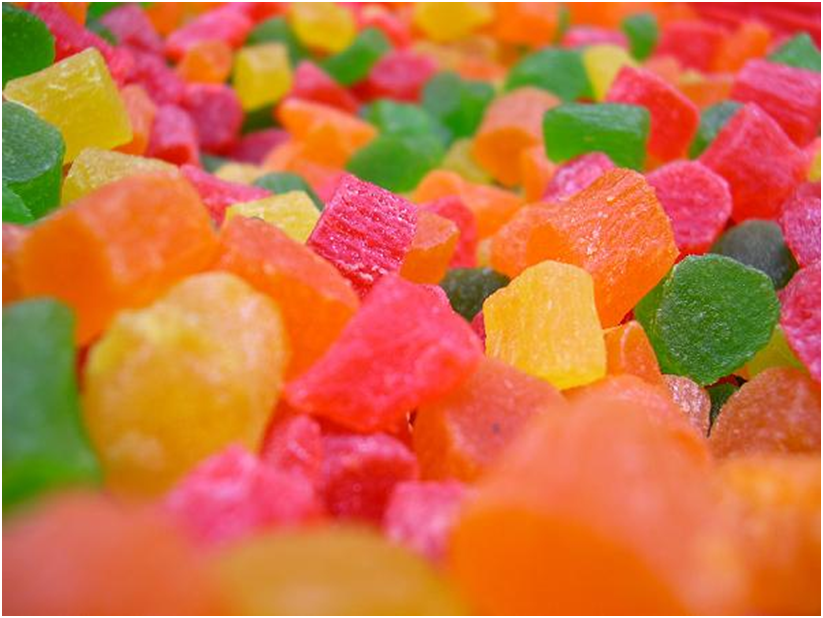 Candied fruit, depending on which source material the sweetness was made from, can have different colors and tastes.The most popular among consumers are candied pineapple, coconut and papaya.In general, please note that the product in question can only be made from solid fruit varieties - it is unlikely that strawberry or watermelon will produce a decent treat, although watermelon crusts are used for candied fruits.
Candied fruit, depending on which source material the sweetness was made from, can have different colors and tastes.The most popular among consumers are candied pineapple, coconut and papaya.In general, please note that the product in question can only be made from solid fruit varieties - it is unlikely that strawberry or watermelon will produce a decent treat, although watermelon crusts are used for candied fruits.
Divided candied fruits and their forms - they can be round, square and even complex shaped shapes.This does not affect the palatability, but for the use of candied fruits in the decoration of confectionery products, this moment can play an important role.
Ingredients candied
Nutritional value of 100 g:
- Calories: 216.4 kcal
- Protein: 3 g
- Carbohydrates: 54.5 grams
Show the full list »
Macronutrients:
- Calcium 115 mg Magnesium
- :
- 92 mg Sodium 141 mg Potassium
- : 2043
- mg Phosphorus: 192 mg
Vitamins:
- Vitamin PP: 2,1 mg
- beta carotene: 1 mg
- Vitamin A( RE): 166.6667
- mcg Vitamin B1( thiamine): 0.03 mg Vitamin
- B2( riboflavin) 0.2 mg
- Vitamin C: 5 mg
- Vitamin PP( niacin equivalent): 2,598 mg
Microelements:
- Iron: 3 mg
About the composition of the product in question is simple - it contains vitamins and sugars( fructose, glucose and others).Much depends on how the candied fruit was prepared - unscrupulous producers add chemical dyes to the delicacy.They give the product a bright color, attractive / appetizing appearance, but they also destroy all that is useful that is contained in candied fruits.
Benefits candied
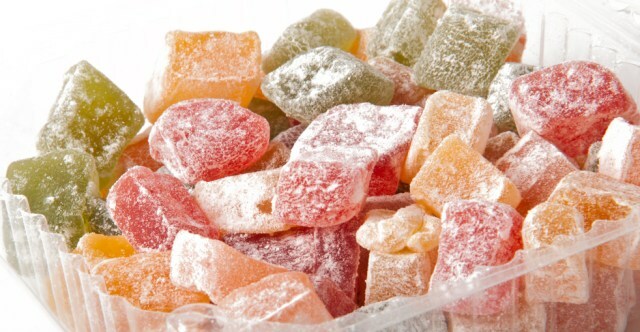 If a treat is made at home or purchased from a bona fide manufacturer, we can safely say - candied fruit is very useful for people of all ages.They will help restore the psycho-emotional background, cope with nervous excitement amid some emotional outbursts( for example, before an important meeting or passing an exam), relieve fatigue in case of excessive physical exertion.
If a treat is made at home or purchased from a bona fide manufacturer, we can safely say - candied fruit is very useful for people of all ages.They will help restore the psycho-emotional background, cope with nervous excitement amid some emotional outbursts( for example, before an important meeting or passing an exam), relieve fatigue in case of excessive physical exertion.
Well, then, we should not forget - candied fruit without chemical dyes contain all the vitamins that are inherent to a particular kind of source code( if it is an orange - vitamin C, if carrots - Vitamin A, and so on).
Harm of candied fruit
Doctors carefully recommend candied fruits - they still contain a lot of sugar.Therefore, it is necessary to limit the amount of candied candied fruits - children need 2-3 pieces a day.Too active use of this treat can lead to the development of caries, diathesis and obesity.
Note: candied fruit is not recommended for people with diagnosed stomach diseases.Also a contraindication is diabetes mellitus - a huge amount of sugar in sweets will be "killer".
How to choose the candied fruit
Of course, the best solution is to prepare the sweets in question with your own hands.But, unfortunately, most often candied fruits have to be bought - how not to make a mistake in choosing and purchase a really high-quality product?
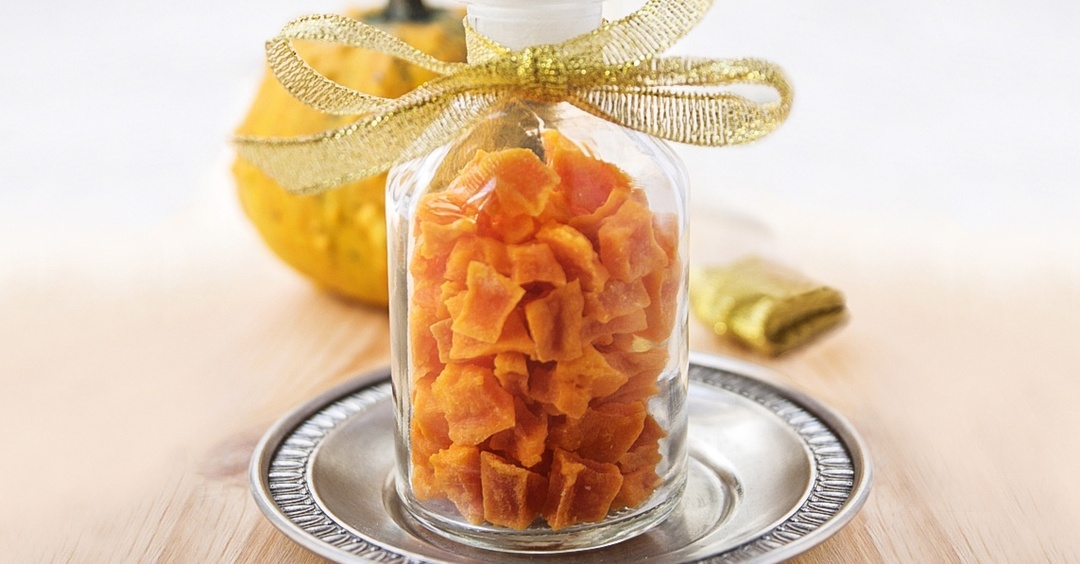 First, pay attention to the appearance of candied fruits - they should not be too bright.Many sellers cunning and assure buyers that the green color of candied fruits is obtained when making sweets from kiwi, and red - from strawberries.But it will be untrue - from such soft fruit candied fruits are not cooked, they are successively replaced by the solid middle of pineapple and chemical dyes / flavor enhancers.
First, pay attention to the appearance of candied fruits - they should not be too bright.Many sellers cunning and assure buyers that the green color of candied fruits is obtained when making sweets from kiwi, and red - from strawberries.But it will be untrue - from such soft fruit candied fruits are not cooked, they are successively replaced by the solid middle of pineapple and chemical dyes / flavor enhancers.
Secondly, first buy a few pieces of candied fruits, and put the house in a glass with hot / warm water.If the water is painted in the appropriate color( with orange candied fruits - in yellow, with red - in pink), then rest assured - you have purchased a harmful product.
Thirdly, candied fruits can even completely dissolve in boiling water!This happens when poor quality raw materials are used to make the product - only fiber remains to the fruit, to which sugar and chemical dyes / flavor additives are added.Some manage to make candied fruits in general from waste!They simply collect the remains of fruits and berries, mix with sugar, boil, add gelatin, dyes and flavor enhancers - and candied fruits - into the mixture.Beautiful, bright, tight in consistency - they are enough to sprinkle with powdered sugar and people will gladly buy.
Note: , when choosing candied fruits, give preference to plain-looking, pale-looking - so there is a great chance to buy a really useful product.
The considered product can be made from vegetables - they use beets, pumpkin, carrots, corn( all those that have sugar).But on sale they are presented as "candied in chocolate" - it is the sweetness of cocoa that gives a pleasant taste to vegetable candied fruits.By the way, such sweets can be safely given to children from the age of 5 - both useful and tasty.
If the candied fruits are cooked on their own or purchased a product of really high quality, then it is realistic to benefit from eating delicacies.Just do not get carried away - "when a lot of good, it's not good."

